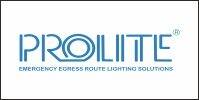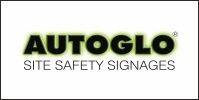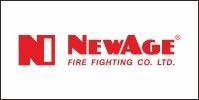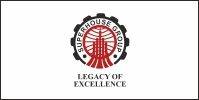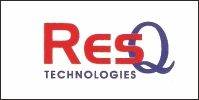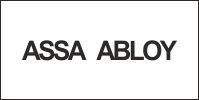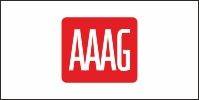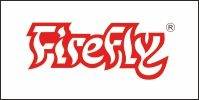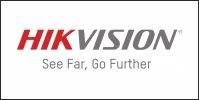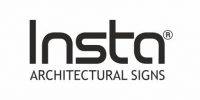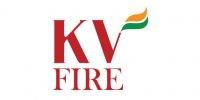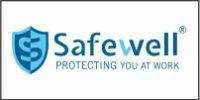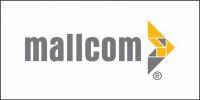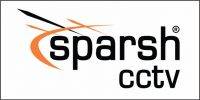 Identify Fire Hazards:
Identify Fire Hazards:
- Check for flammable materials such as chemicals, gases, or fuels stored on the premises.
- Inspect electrical systems and identify any exposed wiring or overloaded circuits.
- Examine heating and cooking equipment for potential fire risks.
People at Risk:
- Identify the individuals who could be at risk in case of a fire, including employees, visitors, and residents.
- Consider people with special needs, such as those with mobility issues.
Evaluate Existing Control Measures:
- Determine if fire prevention measures are in place, such as fire-resistant building materials and smoke detectors.Assess the effectiveness of fire protection systems, including fire extinguishers, sprinklers, and fire alarms.
- Check if emergency exits are clearly marked and unobstructed.
Additional Control Measures:
- Identify any gaps in existing control measures and recommend necessary improvements.
- Suggest additional safety measures, such as fire drills and evacuation plans.
- Evaluate the need for fire-resistant doors and windows.
Means of Escape:
- Ensure that there are adequate means of escape for occupants in case of a fire.
- Verify that emergency exit routes are well-lit and easily accessible.
- Check if exit doors open outward and are not blocked or locked during working hours.
Fire Detection and Fighting Facilities:
- Examine the availability and functionality of fire detection systems, including smoke detectors and heat sensors.
- Assess the presence of fire-fighting equipment like fire extinguishers, hoses, and hydrants.
- Verify the accessibility of fire-fighting facilities in case of an emergency.
Emergency Plan and Training:
- Review the existence of an emergency plan detailing responsibilities and actions in case of a fire.
- Evaluate the training and preparedness of personnel to respond to fire incidents.
- Ensure that occupants are aware of evacuation procedures and assembly points.
Upkeep of Fire Safety Equipment:
- Confirm that all fire safety equipment is regularly maintained and in good working condition.
- Check fire extinguishers for proper pressure and inspection tags.
- Ensure that fire alarm systems are routinely tested.
Fire safety is a matter of utmost importance, and conducting regular fire safety audits is a proactive step towards preventing potential disasters.
While the checklist provided here offers a basic overview, it is essential to engage professionals or competent authorities for comprehensive fire safety audits, particularly in commercial and high-rise buildings.
Remember that fire prevention and preparedness are respon-sibilities that extend to individuals, organizations, and governments.
By identifying fire hazards, evaluating existing control measures, and implementing necessary improvements, we can minimize the risks associated with fire incidents and protect both life and property.
Always prioritize fire safety and be prepared for the unexpected, as fire remains a significant threat that requires vigilance, awareness, and proactive measures to mitigate its devastating impact.












